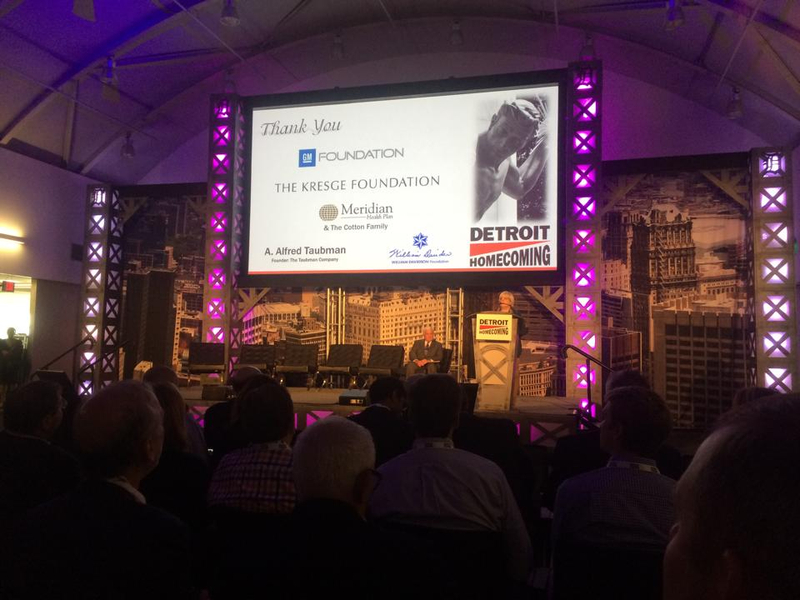“Association event,” if you’re not familiar, means “an event put on by a (trade) association.” This distinction is important for several reasons, but first let’s talk about what that means. When the NRA puts on an event, they want to paint it as a trade association event — but the NRA isn’t a trade association; it’s a political one. The trade association the NRA pretends to be does exist, though: it’s the National Shooting Sports Foundation.

From the perspective of an event-goer, the difference is minor: both are sponsored by industry businesses, both generally have 2-5 major scheduled items and a-few-to-dozens of smaller ‘side’ items, and both allow industry ‘players’ to network, collaborate, and compete with their peers. The significant difference is that the NSSF’s events are centered around those industry players, while the NRA events are almost universally centered on fundraising for their lobbying efforts — which as you can imagine has subtle but profound effects that change hundreds of tiny decisions about how the event will be run.
This guide isn’t about fundraising. It’s about what exactly it takes to get a bunch of insiders from a given industry to show up in one place and be happy about paying for the opportunity to do so. Let’s get started.
Step Zero: Decide What You Want to Accomplish
It almost seems silly to put this in here, but it’s a necessary caveat: if you start planning an event and your goal is “Let’s have an event,” it’s going to suck. Start by deciding your purpose and your event theme. These two items will guide all your decisions from this point on.
Step 1: Put Together a Team
No one person can put together a successful association event, period. Before you even begin to brainstorm, you need to have a handful of people who are as dedicated to pulling off this hopefully-epic event as you are. Volunteers from inside your organization, volunteers from industry businesses, or paid professional event people — anyone can participate as long as they’re actually excited about the idea (and you feel comfortable working with them.)
Step 2: Plant the Seeds of a Bigger Team
Just as you need a few other minds on hand to parcel out the epic number of organizational and functional tasks among, you’re going to need dozens-to-hundreds of other hands in mind to actually do the footwork. You don’t have to get this second team entirely laid out in detail yet, but you do have to start doing outreach and priming your audience to volunteer. Send out newsletters, put out the word on social media: there’s an event coming, who can volunteer? Keep the names for later, you’ll be happy you started this part early.
Step 3: Gather Sponsors
The amount of money you have on hand will affect every other decision to come, including when and where you can have the event at all! So the next step is to put together sponsorship packages: essentially, a list of benefits that a sponsor can acquire for certain levels of sponsorship. You want the benefits to be inexpensive for you to provide, but valuable to the sponsor — like advertising posted around your event (at lower levels), up to the opportunity to put their own speaker in front of the crowd for 5-15 minutes (at higher levels).
Once you have some solid sponsors, you can figure out what your total budget looks like…but we’re getting into the kind of thing that really deserves its own post — so check back next week, and we’ll have a post on association event budgeting for you.




